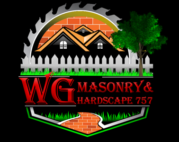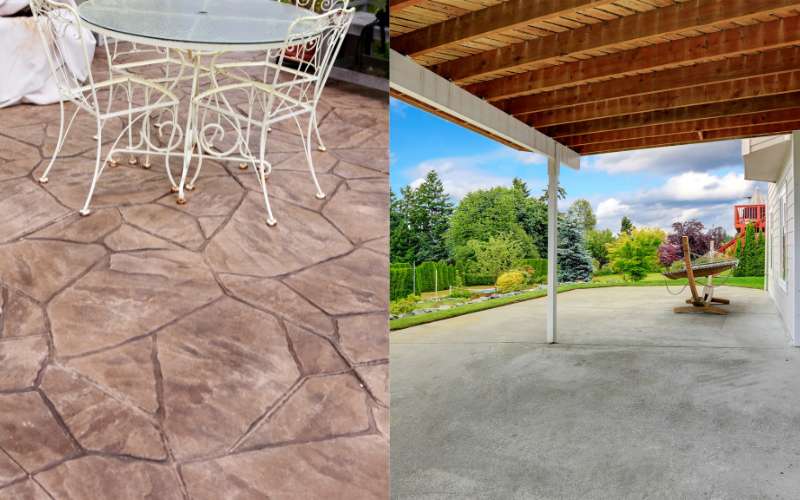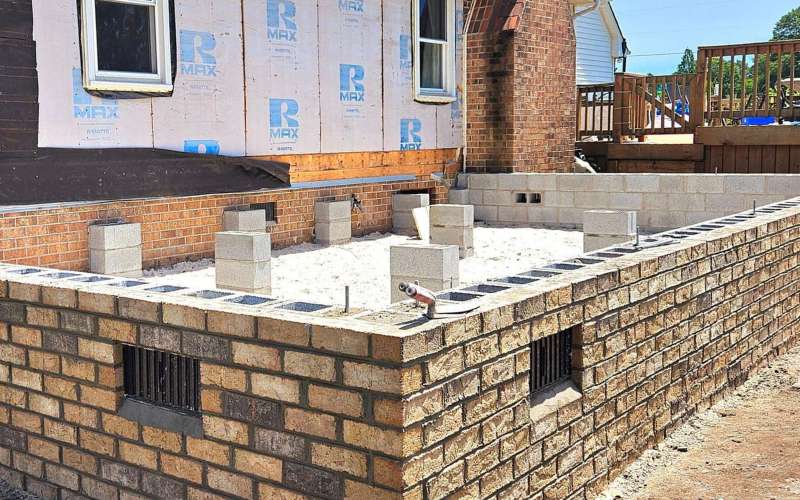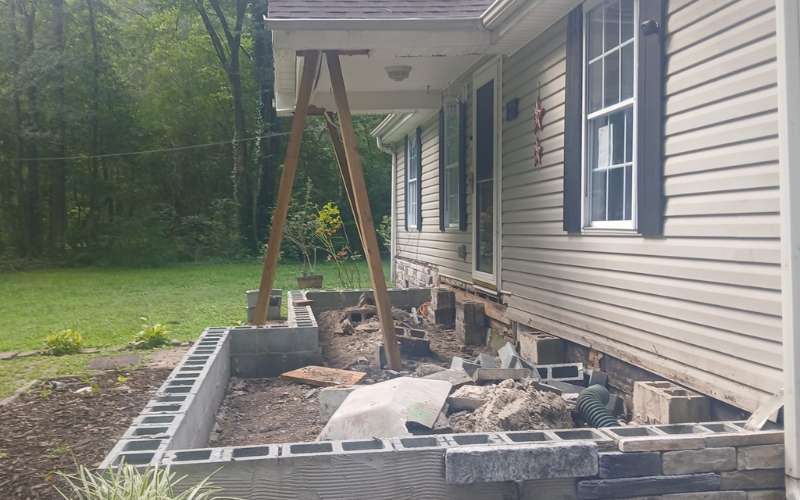Are you trying to decide between stamped concrete and traditional concrete for your project? Choosing the right type of concrete can be confusing. Both have their pros and cons. Understanding these differences can save you time and money. In this blog, we’ll explore the benefits and drawbacks of stamped concrete vs. traditional concrete to help you make an informed choice.
Comparing Stamped Concrete and Traditional Concrete: Key Benefits and Drawbacks
When it comes to choosing concrete for your project, you have two popular options: stamped concrete and traditional concrete. Each has unique benefits and drawbacks that make them suitable for different uses. This section will explore these two types of concrete to help you understand which is best for your needs.
What is Stamped Concrete?
Stamped concrete is a type of decorative concrete that mimics the look of more expensive materials like brick, stone, or wood. The process involves pouring concrete and then pressing a pattern or design into it before it sets. This makes stamped concrete a popular choice for patios, walkways, and driveways.
Pros of Stamped Concrete:
- Aesthetic Appeal: Stamped concrete offers a wide variety of patterns and colors, making it an attractive option for enhancing the appearance of outdoor spaces.
- Cost-Effective: Compared to natural stone or brick, stamped concrete is much more affordable while delivering a similar visual impact.
- Durability: When properly sealed and maintained, stamped concrete is resistant to cracking and can last for many years.
- Low Maintenance: Stamped concrete requires minimal maintenance compared to other decorative options. It just needs regular sealing to protect against weather and stains.
Cons of Stamped Concrete:
- Slippery When Wet: Stamped concrete can become slippery, especially if not textured properly or if it lacks a non-slip additive.
- Limited Repair Options: If stamped concrete gets damaged, repairs can be challenging and may not blend seamlessly with the existing pattern.
- Color Fading: Over time, the colors of stamped concrete can fade due to exposure to sunlight and weather, requiring occasional resealing or color enhancement.
What is Traditional Concrete?
Traditional concrete is a mixture of cement, sand, gravel, and water that hardens over time. It is a versatile material widely used for foundations, driveways, sidewalks, and various other construction applications.
Pros of Traditional Concrete:
- Strength and Durability: Traditional concrete is known for its strength and ability to withstand heavy loads, making it suitable for high-traffic areas.
- Cost-Effective for Large Areas: It is generally cheaper for large-scale projects like driveways, parking lots, and industrial flooring.
- Easy to Repair: Unlike stamped concrete, traditional concrete repairs are easier and more cost-effective. Cracks can be filled without worrying about matching patterns.
- Low Maintenance: Once installed, traditional concrete requires little maintenance beyond occasional cleaning and sealing.
Cons of Traditional Concrete:
- Plain Appearance: Traditional concrete has a simple, utilitarian look, which may not be ideal for those wanting a decorative or stylish finish.
- Cracking Over Time: Traditional concrete is prone to cracking due to temperature changes, ground movement, and heavy use.
- Limited Design Options: Traditional concrete lacks the design flexibility of stamped concrete, with fewer color and pattern choices.
Cost Comparison
When considering stamped concrete vs. traditional concrete, cost is often a significant factor. Stamped concrete usually costs more upfront due to the labor involved in creating patterns and designs. However, its low maintenance costs over time can offset this initial expense. Traditional concrete, while cheaper initially, may require more repairs and maintenance in the long run.
Durability and Maintenance
Both stamped and traditional concrete are durable options, but they require different levels of care. Stamped concrete needs periodic resealing to maintain its appearance and prevent fading. On the other hand, traditional concrete may need more frequent repairs, such as crack filling and sealing, but it generally requires less maintenance overall.
Choosing the Right Concrete for Your Project
The choice between stamped and traditional concrete depends on your needs, budget, and aesthetic preferences. If you want a decorative finish and can invest in initial costs and maintenance, stamped concrete is a great choice. For those prioritizing cost and durability, especially in high-traffic or industrial areas, traditional concrete might be the better option.
Environmental Considerations
Both stamped and traditional concrete have environmental impacts, but these can be minimized with sustainable practices. Using recycled materials, low-impact sealers, and proper maintenance can help reduce the carbon footprint of both types of concrete.
Final Thoughts on Stamped Concrete vs. Traditional Concrete
Choosing between stamped concrete and traditional concrete depends on your specific needs and preferences. Both have unique benefits that suit different types of projects. If you need more guidance or a professional opinion, contact us today. Our experts can help you decide the best option for your next concrete project.



